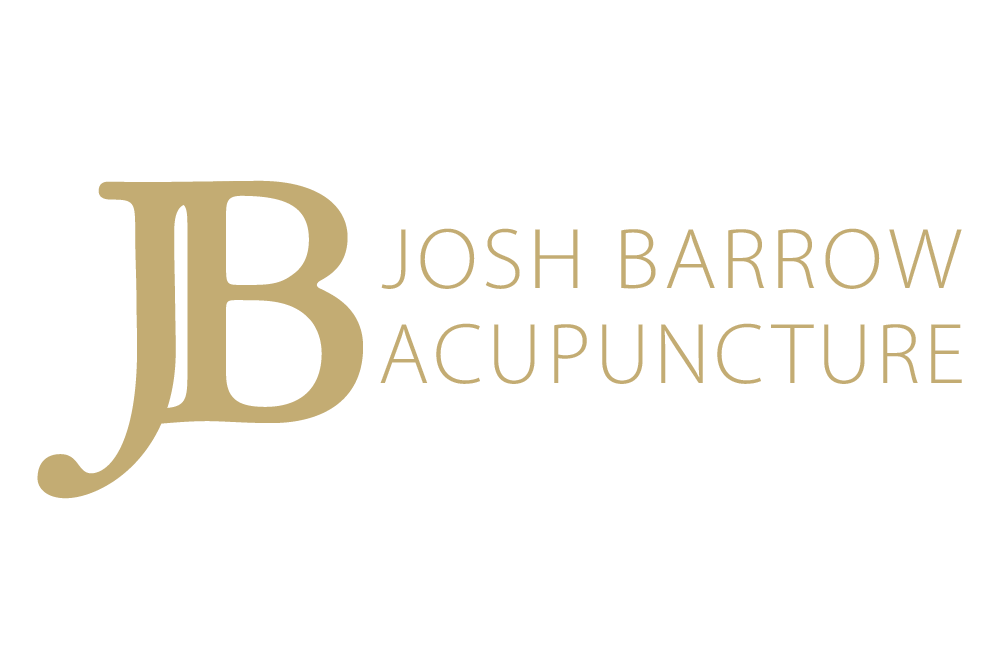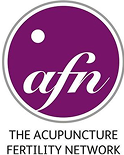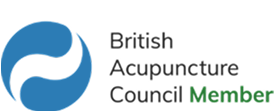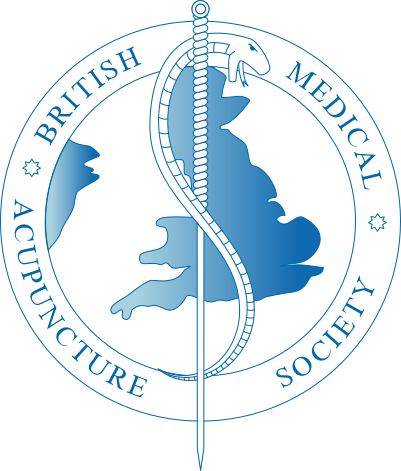Supporting Birth Preparation Naturally
As due dates approach, some women turn to acupuncture to gently encourage labour or to help reposition breech babies. While not a replacement for medical care, acupuncture provides a supportive, natural option.
Supporting Birth Preparation Naturally
As due dates approach, some women turn to acupuncture to gently encourage labour or to help reposition breech babies. While not a replacement for medical care, acupuncture provides a supportive, natural option.
Luckily, acupuncture has been used for centuries to support our health. More recently, fertility acupuncture has become increasingly popular because of the research that backs its success. Not only is it proven by research to have better outcomes, but we see it in the clinic every week in terms of successes and how much better patients feel in themselves.
Labour Induction Support
Labour induction with acupuncture is often considered when a woman is past her due date or when there are signs that her body is preparing for labour, but contractions have not yet begun. While medical induction methods such as prostaglandin gels, oxytocin drips, or even a Caesarean section are sometimes necessary, they can be more invasive. They may come with side effects for both mother and baby.
That’s where acupuncture can provide a gentle, noninvasive approach to supporting the body’s readiness for labour




“Josh is a compassionate practitioner and has supported me through a loss, a difficult third trimester, and post-partum complications. I treasure the space he creates at every consultation and the care and thought he brings to his practice. I feel listened to and the relief that his interventions bring me have been unmatched. I recommend Josh wholeheartedly!”

— Katie

A Chinese Medicine Perspective
In Chinese Medicine, the onset of labour is seen as a natural unfolding of yin and yang energies within the mother’s body. When labour is delayed, it may be viewed as an imbalance, either a lack of movement of qi and blood, or tension and stagnation preventing the uterus from contracting effectively. Acupuncture restores balance, ensuring that energy can flow freely and the body responds naturally.
- Stimulating Uterine Activity: Acupuncture points such as Spleen 6 (三陰交 San Yin Jiao) and Large Intestine 4 (合谷 He Gu) are commonly used to encourage gentle contractions by promoting qi and blood flow to the uterus.
- Relaxing the Body and Reducing Stress: Points like Kidney 3 and Heart 7 may be chosen to calm the mind and reduce fear or tension, which can often hold back the onset of labour.
- Encouraging Downward Movement: Acupuncture can promote the descending action of qi, supporting the baby’s movement downward into the pelvis.
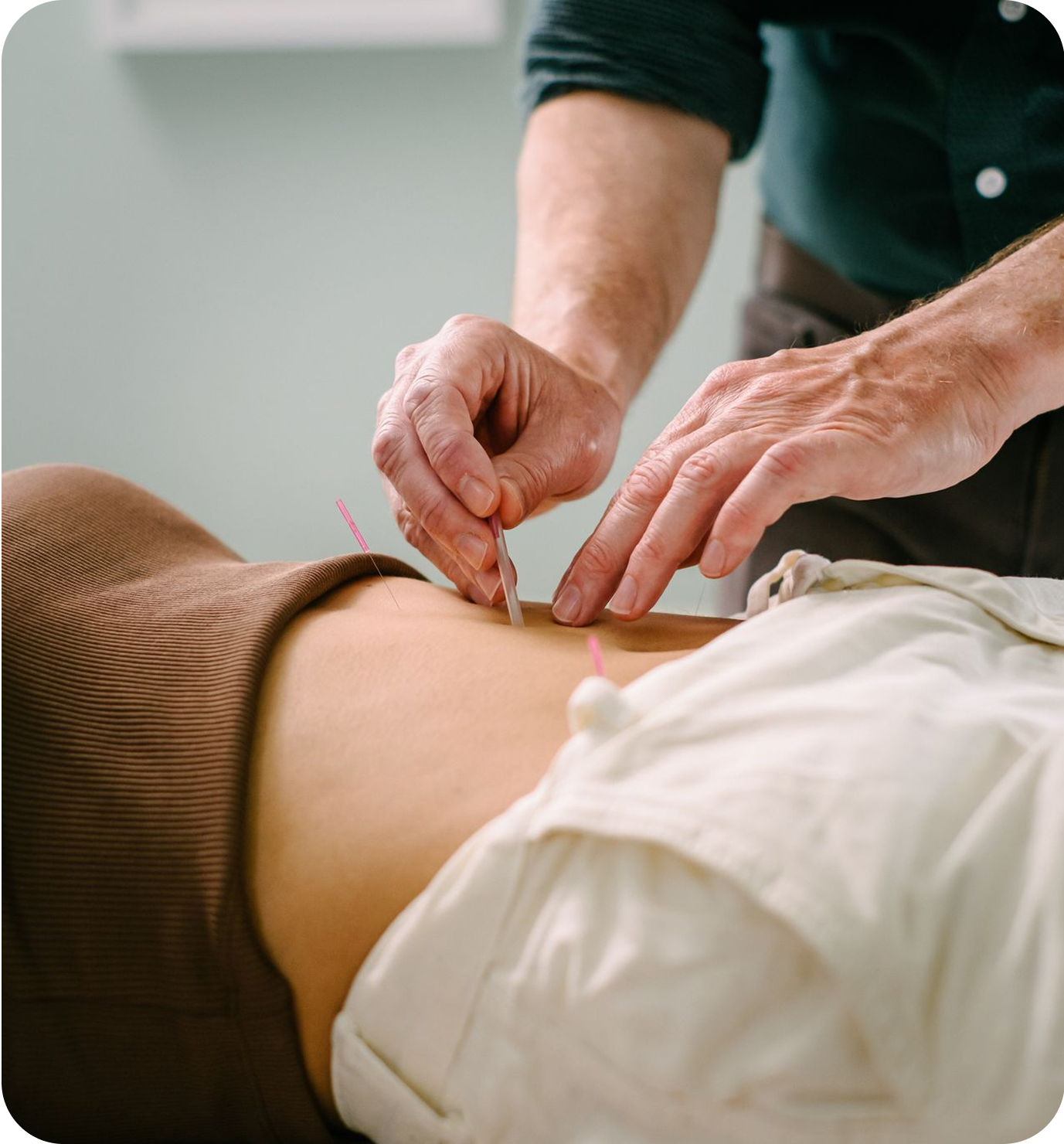
Timing of Acupuncture for Labour Induction
Acupuncture for labour induction is often considered around 40 weeks of pregnancy, especially if a woman is facing medical induction. Ideally, treatments begin in the days leading up to the due date to prepare the body, with sessions continuing every day or every other day as needed. Suppose labour has not yet begun and medical induction is scheduled. In that case, acupuncture can sometimes be used in the hours before to encourage a natural onset.
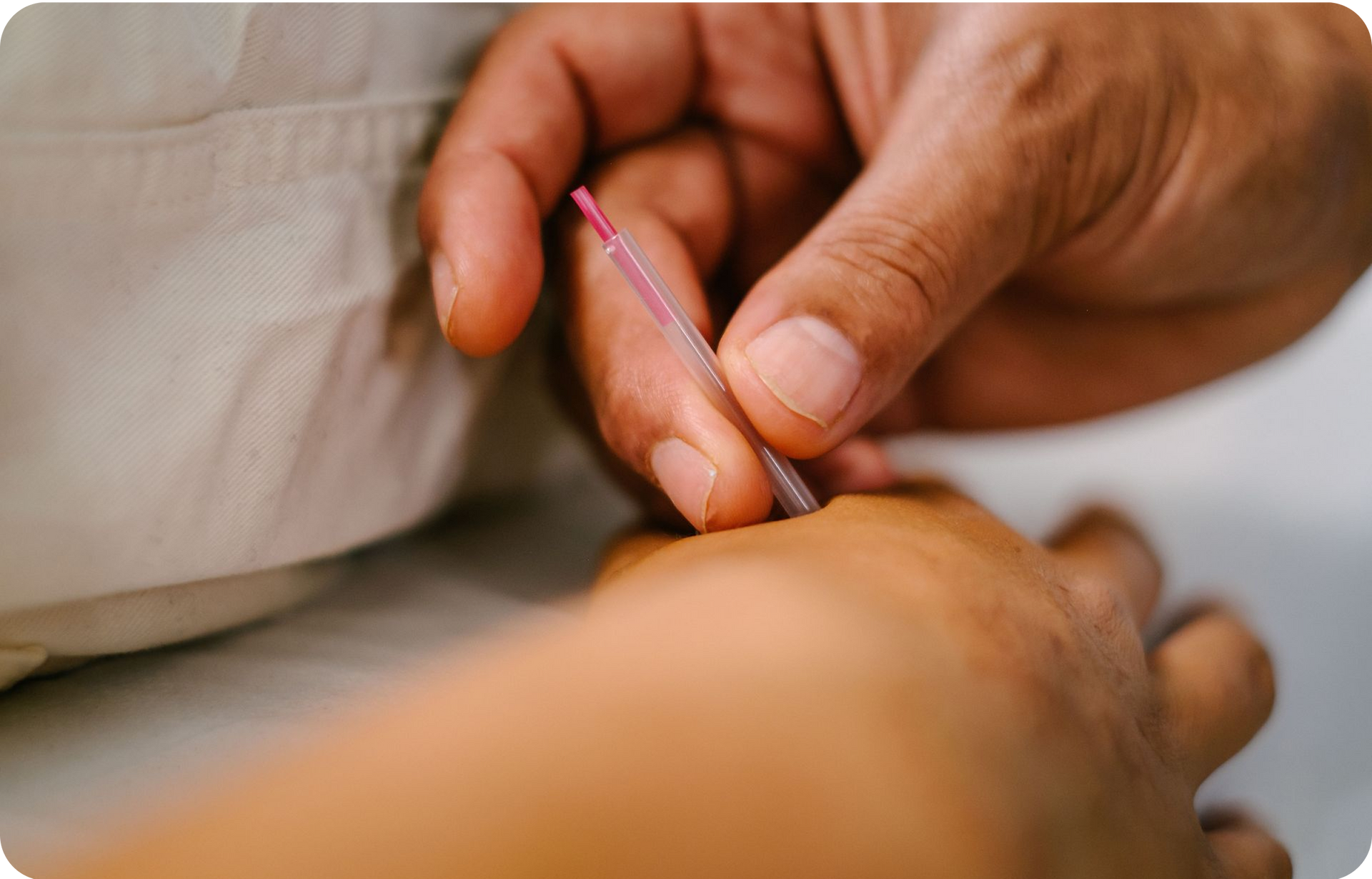


What to Expect in Treatment
Treatment involves the gentle insertion of fine needles at selected points, often on the hands, legs, ankles, and lower back. The needles are retained for 20–30 minutes while you rest comfortably. Many women feel deeply relaxed during treatment, with sensations of warmth or gentle movement in the lower abdomen.
Acupuncture as a Labour Induction Support
Acupuncture for labour induction is generally considered safe when performed by a trained practitioner. Midwives often recommend it as a supportive therapy.
As with all treatments in pregnancy, it’s essential to consult with your midwife or healthcare provider before starting acupuncture, especially if you have medical complications or a scheduled induction.
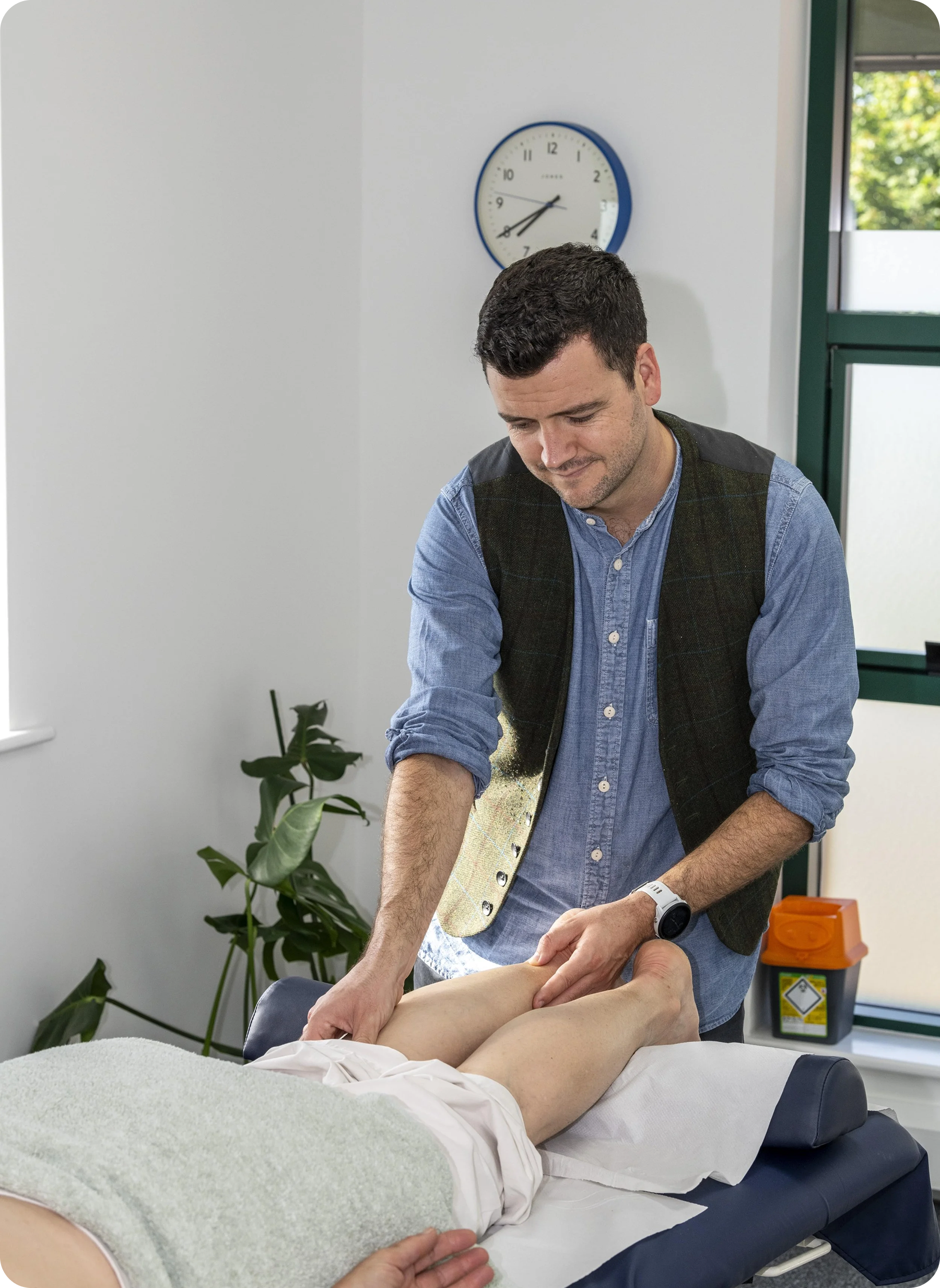
Moxibustion and Breech Babies
From a clinical perspective, one of the most common Western conditions moxa can treat is breech babies. This is when a baby is positioned in the womb with its bum, or feet, pointing downward, instead of the typical head-down position. This can be relatively common in early pregnancy, but most babies have corrected themselves when labour comes. However, some remain in a breech position, which may lead to complications during delivery.
Often, medical interventions include external cephalic version (ECV) or a Caesarean, which can have a more dramatic effect on the woman and the baby. That’s where acupuncture and moxibustion can offer a noninvasive approach. We can use moxa on specific points to encourage the correct movement and to help the baby turn.
From a Chinese medicine perspective, the baby's positioning can reflect the mother’s internal balance, which is why acupuncture and moxibustion work together. Alongside a root treatment, helping to treat the mother, moxibustion can be used to help with:
- Stimulating the Bladder channel: The most common point for turning a breech baby is Bladder 67 or Reaching Yin (至陰 Zhi Yin), located at the little toe's outer corner. This point influences the uterus and pelvic region and can be seen to work by promoting energy flow to the uterus.
- Warming and Relaxing the Uterus: Moxibustion's warming effect is thought to relax the uterine muscles, promoting increased blood flow to the pelvic area.
- Encouraging Movement: Stimulating points such as Bladder 67 through acupuncture or moxibustion may help induce gentle contractions or movements within the uterus, encouraging the baby to reposition. This technique promotes fetal movement without unnecessarily stressing the mother or baby.
It’s best to start a course of treatment for a breech baby at around 32 to 36 weeks of pregnancy. At this stage, there is still enough room for the uterus to turn; hence, the success of acupuncture and moxibustion is higher. It’s possible to succeed after 36 weeks, but earlier is preferable, not that we get the choice!
The treatment uses a ‘moxa stick’, close to specific points, which provides heat but without directly touching the skin. I’ll also show you how to perform the treatment on your own during and after the treatment. It’s ideal to use moxa near Bladder 67 for around 10-15 minutes, twice a day, for around 10 days.


Success Rates and Benefits of Acupuncture and Moxibustion for Breech Babies
Research and clinical experience suggest that acupuncture and moxibustion can be effective in turning breech babies. Success rates vary depending on the timing and other individual factors. Still, studies indicate that these techniques may increase the likelihood of a baby turning to a head-down position.
- A 2013 study published in The Journal of Maternal-Fetal & Neonatal Medicine found that women who received acupuncture and moxibustion at 32-34 weeks of pregnancy had a significantly higher rate of cephalic version (baby turning head down) compared to women who did not receive these treatments.
- Another 2012 systematic review published in The Cochrane Database of Systematic Reviews concluded that moxibustion applied to the Bladder 67 point increased the likelihood of a breech baby turning to a head-down position before birth.
It is generally considered a safe, noninvasive method of helping breech babies, and midwives often recommend it. Please consult with your midwife or another healthcare provider before starting any course of therapy.
What to Expect During Your Treatments
Deep consultations explore your fertility journey, including your menstrual history, lifestyle factors, and everyday life. It’s often in the small details, in how you perceive your fertility health, that can improve your success rates and ensure you are getting the best guidance.
Holistic assessments help us examine your overall wellbeing, stress levels, diet, and other health factors. This allows us to create tailored treatment plans, depending on whether you suffer from digestive issues or mental health issues, to ensure you are getting unique treatments based on your personal situation. We are making you the best version of yourself and optimising your fertility chances.
Every treatment is different. We often use a series of 4-10 needles to support your fertility and general health, with treatments differing from one session to the next. It's about utilising the full range of over 365 points to tailor each treatment depending on how you are feeling and where you are in your cycle.
Many patients notice better cycle regularity, reduced stress, and greater balance and wellbeing within the first few sessions. Promising results show this, and it isn't just the fantastic feedback we receive from patients.

